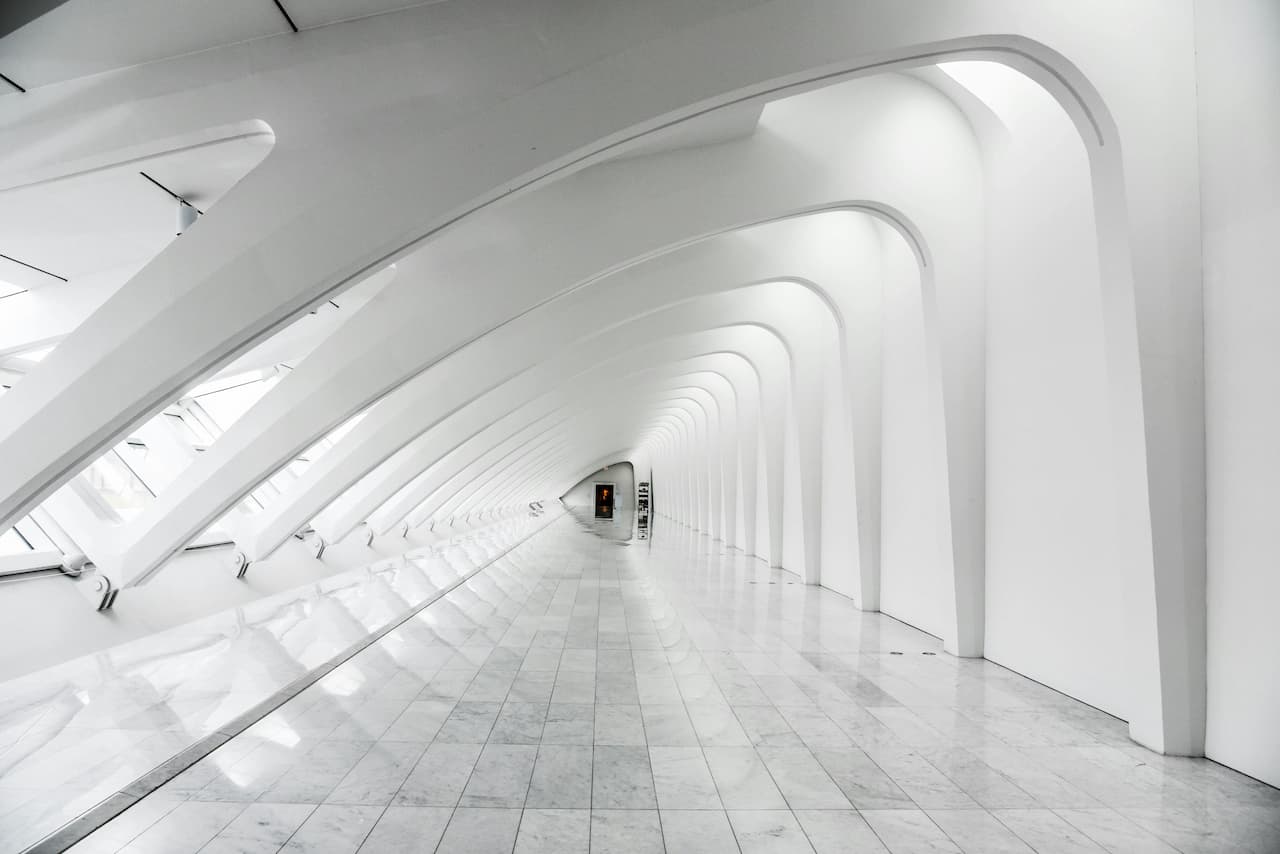Casinos have long been places of thrill and excitement, not only for the games they host but also for their often lavish and innovative architectural designs. These buildings stand as testaments to the creativity and ingenuity of architects around the globe, merging functionality with artistic expression in ways that captivate both gamblers and design aficionados alike. In this article, we explore some of the most interesting architectural solutions in casino buildings, from the historic to the contemporary, each telling its own story of cultural significance and design excellence. Additionally, we’ll touch upon the modern shift towards online gaming platforms like those reviewed on Znaki.fm, which, while lacking in physical structures, offer their own form of architectural marvel in the digital realm, particularly through enticing features like online casino bonuses.
The Marriage of Form and Function in Casino Architecture
Casino architecture is a fascinating blend of form and function, with designs that aim to mesmerize while serving the practical needs of a gaming facility. This balance is evident in some of the world’s most renowned casinos, which we will explore below.
- The Venetian Macao, China: Modeled after its sister casino in Las Vegas, The Venetian Macao is a prime example of thematic architecture taken to the extreme. This massive resort boasts replicas of Venice’s iconic landmarks, complete with canals and gondolas. The architectural mimicry transports visitors to the streets of Venice, showcasing the power of architecture in creating immersive experiences.
- Casino de Monte-Carlo, Monaco: An epitome of Beaux-Arts architecture, the Casino de Monte-Carlo exudes elegance and luxury. Its lavish decorations, sculptures, and frescoes embody the extravagance of the Belle Époque era, making it not just a gambling venue but a monument of art and history.
- City of Dreams, Macau: A stark contrast to the classical designs of European casinos, the City of Dreams is a modern architectural marvel. Its sleek, futuristic design, highlighted by the Morpheus Hotel’s exoskeleton structure, showcases the innovation in contemporary casino architecture. This building challenges traditional forms, embracing technology and modern materials to create a unique gaming environment.
The Evolution of Casino Design and Its Cultural Impact
The architectural evolution of casinos reflects broader cultural and technological changes. From the ornate European gambling houses of the 19th century to today’s colossal entertainment complexes in Las Vegas and Macau, casino designs have continuously adapted to meet changing consumer tastes and technological advancements. This evolution is not just about aesthetics but also about the changing role of casinos in society—from exclusive clubs for the elite to accessible entertainment destinations for the masses like the Wynn Las Vegas and Encore Resort have begun integrating more natural elements into their design, with natural light, green spaces, and water features becoming central to the experience. This shift not only enhances the aesthetic appeal but also contributes to a more relaxing and refreshing environment for guests, moving away from the traditionally enclosed, often windowless casino designs.
- Sustainability in Design: The trend towards sustainability has also touched casino architecture. The ARIA Resort & Casino in Las Vegas, for instance, has received a LEED Gold certification for its environmentally responsible design and operations. Features such as energy-efficient lighting, water-saving fixtures, and the use of recycled materials demonstrate how casinos can be both luxurious and environmentally friendly.
- Cultural Reflections: In regions where casinos are a newer phenomenon, architectural designs often reflect local cultures and traditions. The Marina Bay Sands in Singapore, with its iconic three towers and sky park resembling a ship, not only dominates the city’s skyline but also symbolizes Singapore’s status as a major global maritime player. Similarly, the Grand Lisboa in Macau stands out with its lotus-flower design, reflecting a symbol significant to Asian culture.
The Virtual Architecture of Online Casinos

While physical casinos continue to impress with their architectural innovations, the digital world of online casinos has also seen significant developments in creating engaging and immersive environments for their users. Platforms reviewed on Znaki.fm exemplify the virtual architecture of online gaming, where design and functionality meet to provide user-friendly interfaces, engaging graphics, and seamless navigation.
Online casinos may not have physical structures, but their website designs and the virtual lobbies where players select games are meticulously crafted to create an inviting atmosphere. The use of themes, animations, and interactive elements in online casinos can be likened to the architectural flourishes of physical casinos, designed to attract and retain visitors. Additionally, features like online casino bonus, detailed on Znaki.fm, add layers to the gaming experience, much like the luxurious amenities offered by resort casinos.
Conclusion
The world of casino architecture is a testament to the limitless possibilities of human creativity and innovation. From the opulent halls of Monte-Carlo to the digital realms of platforms like those reviewed on Znaki.fm, casinos have always been more than just places to gamble—they are spaces where architecture and art converge, offering visitors and players alike an experience that transcends the ordinary. As we move further into the 21st century, the evolution of casino design—both physical and virtual—continues to reflect changing tastes, technologies, and societal values, cementing its place in the world of architectural art.
